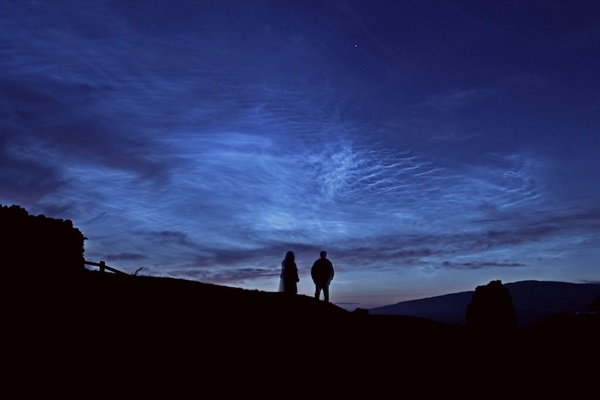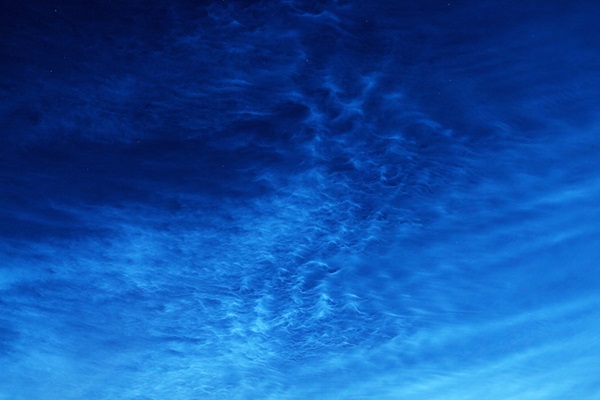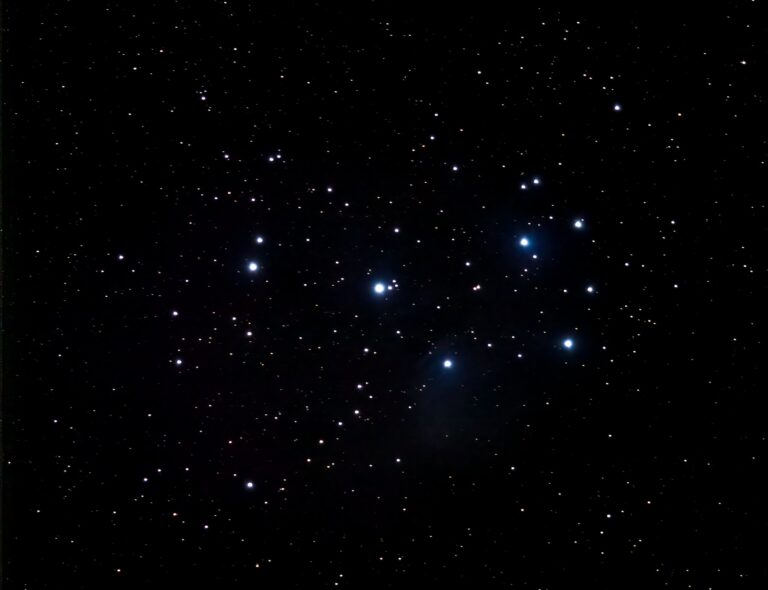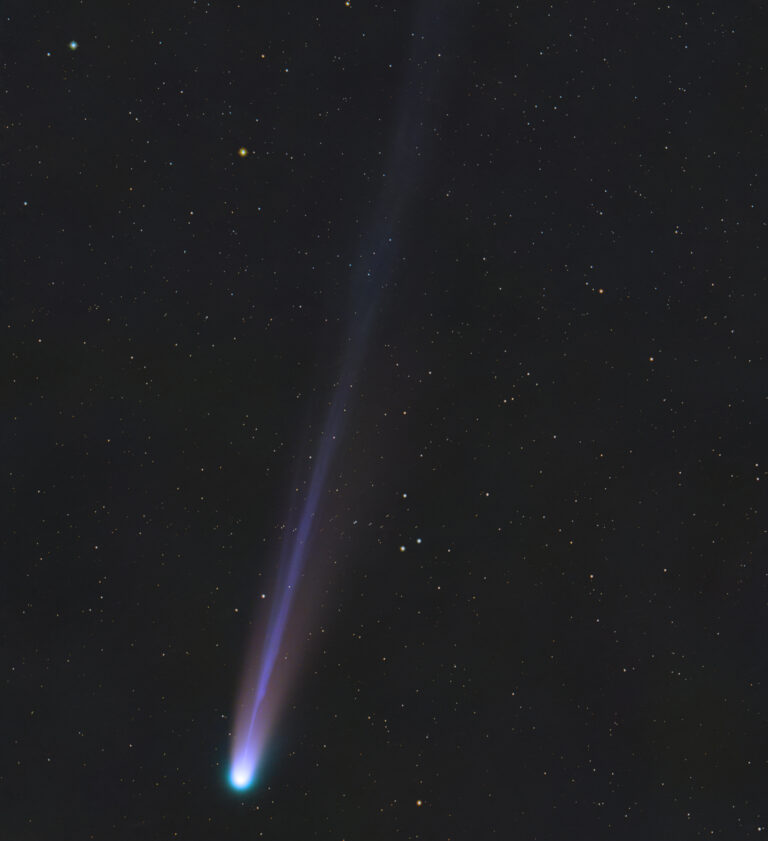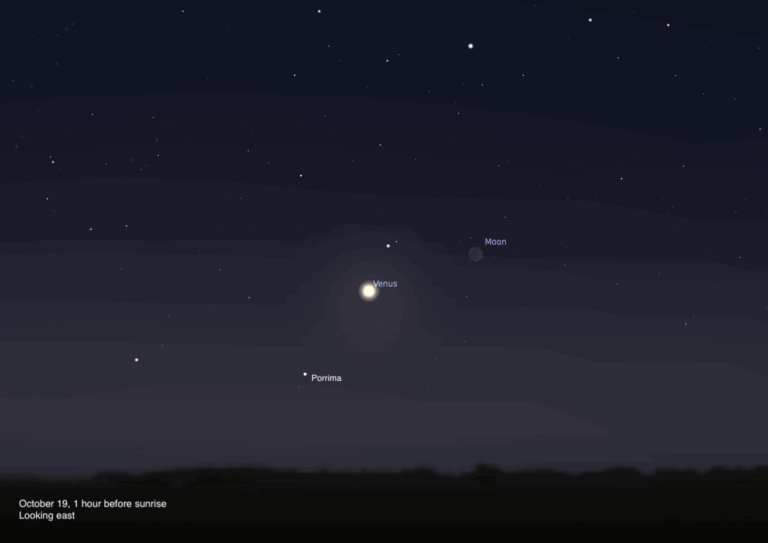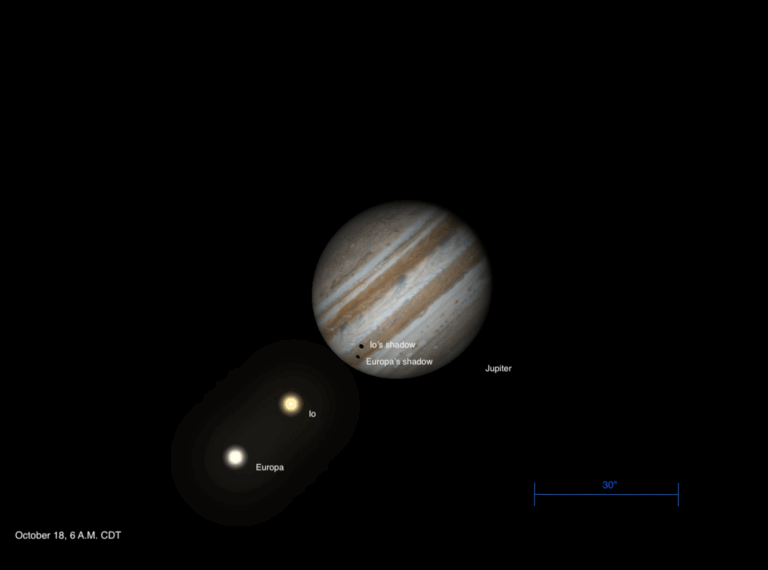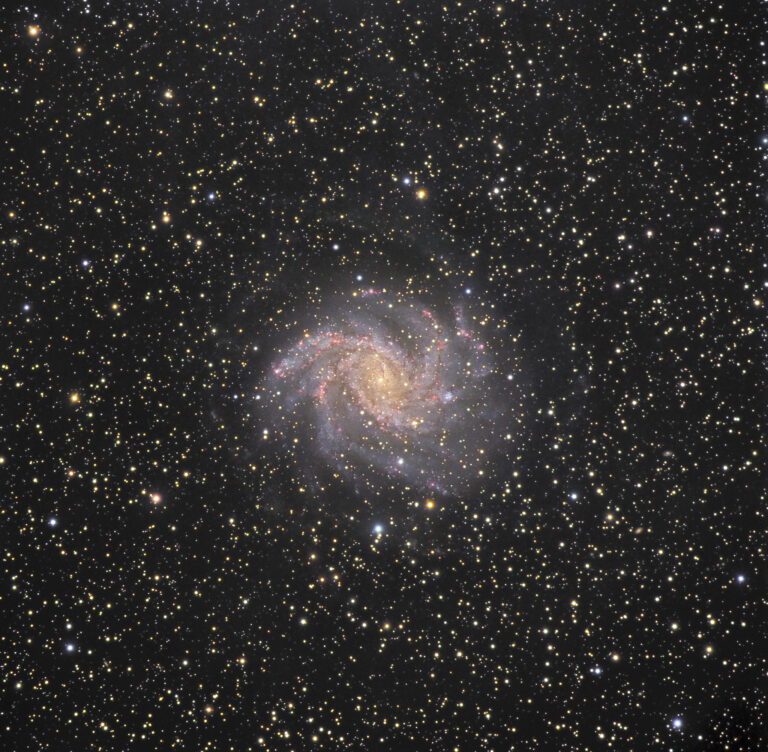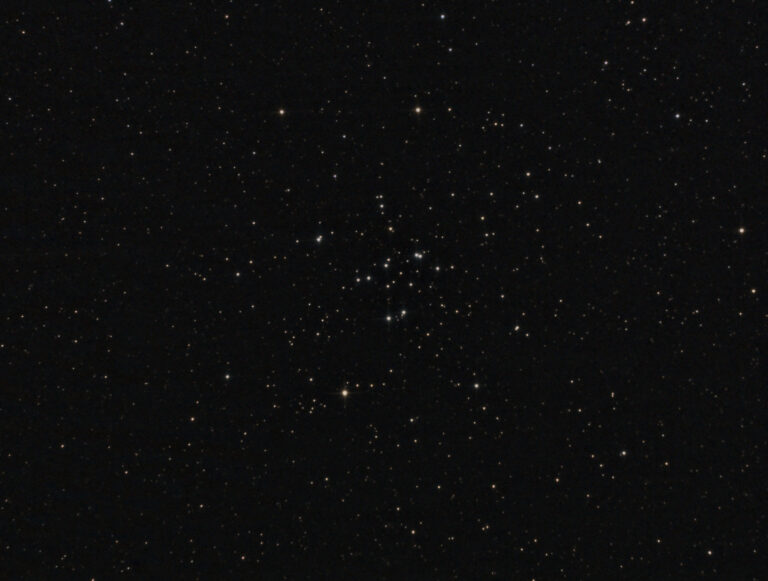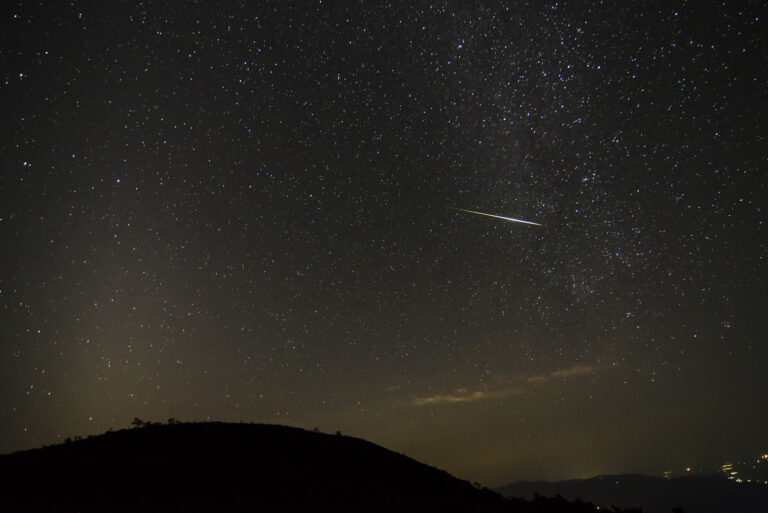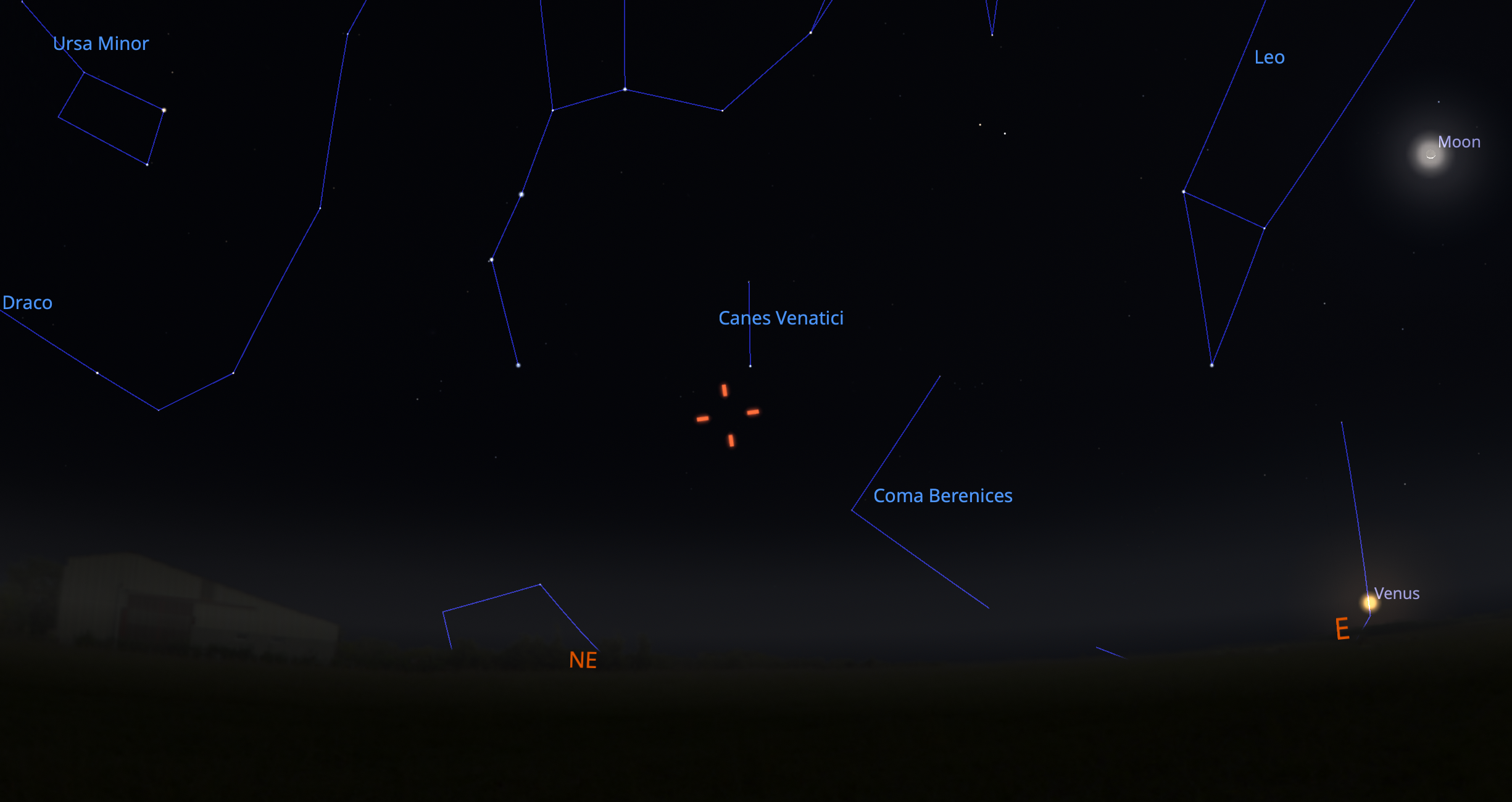Key Takeaways:
Summer is a time when many amateur astronomers go into a kind of hibernation. Depending on your latitude, the night sky doesn’t get dark enough to see the faint stars and beautiful deep-sky objects like galaxies, nebulae and star clusters very well. Even any bright planets on view are diminished by the lingering marmalade twilight. However, for skywatchers willing to stay up late (or get up early), there is something beautiful to see in the summer sky: noctilucent clouds, or NLC.
Clouds? Aren’t astronomers supposed to hate clouds? Why would we want to see them? Because noctilucent clouds aren’t like the bloated, gray-white water droplet clouds that ruin our views of eclipses and meteor showers. NLC are delicate clouds of ice crystals and dust that form at altitudes around 50 miles (80 kilometers), much higher than “normal” clouds. They are only seen in summer because that’s when conditions in the atmosphere are right. And it’s because they form so high that we can see them: They are illuminated by the Sun’s rays in the middle of the night, long after sunset — hence “nocti” (night) and “lucent” (glowing) clouds.
Most displays of NLC are modest affairs, appearing as little more than a few bands of glowing silver hovering a hand’s width above the northern horizon after midnight. But some become much more impressive, with billows, swirls, and curls of electric blue spanning the sky from west to east and reaching halfway to the zenith or even higher, looking like an energy field from a science-fiction movie. If you’re lucky enough to catch a display of NLC like that this summer, you’ll have to pinch yourself to prove you’re not dreaming, because it is one of the most magical sights in astronomy.
How do you see NLC?
The good news is NLC are plainly visible to the naked eye. No magnification, computer hardware, or safety equipment is needed. You just go out at the right time, look north, and they’re there, shining in the sky right in front of your eyes. Having said that, a pair of binoculars is great to have handy because NLC often have very fine, intricate internal structure that isn’t obvious to the naked eye.
If you’ve never seen NLC before and are worried about how you’ll be able to recognize them, don’t be. NLC will appear bright and silvery-blue in the sky, with delicate structure, while normal clouds will look dark, like ink blotches silhouetted against both the bright background sky and the NLC.
Many displays of NLC are bright enough to photograph with the camera on your phone (if you hold it steady or mount it on a tripod), but you really need a digital SLR with a tripod and a wide-angle lens to take good NLC photographs.
When do you look for NLC?
The “NLC season” begins mid-May, when conditions in the upper atmosphere begin to trigger the formation of these clouds. Early displays are usually faint and wispy, and most years, we have to wait until the start or even the middle of June to see bright and obvious NLC.
If you want to see NLC, you’ll need to stay up late or get up early, because most displays aren’t visible until after midnight. Occasionally a big display will already be in progress immediately after sunset; looking north as twilight deepens, you will already see wisps of gray-blue shining through the deepening twilight. But usually, nothing happens until around 11:30 P.M. If you go out at that time and can see a tracery of sharp lines hugging the northern horizon, looking like golden or silvery vapor trails, it’s a sign that a good display of NLC might be brewing.
A word of caution here: While a small display might grow larger and brighter, rearing up from behind that horizon like a dragon unfurling its wings, there’s always a chance it could just fade away and vanish altogether. NLC watching can be extremely frustrating that way, so be prepared for false starts and disappointments before you catch your first big display.
On the other hand, if you spot a small display of NLC that appears to do nothing for ages, or even begins to fade, don’t give up too soon — it might be trying to fool you into going to bed early and missing something amazing.
During a bright NLC display, as the winds in the upper atmosphere catch the clouds, they form ghostly streamers, whorls, and tendrils of silvery-blue light. Through binoculars, you’ll see a distinctive crosshatch pattern within the clouds, which shifts and changes as the silent winds blowing high, high above the ground blow past and through them.
If you’re really lucky, you’ll witness an NLC “storm” — a display that covers half the sky or more. All you can do then is stand, shaking your head in disbelief, as Nature spray-paints the heavens with a stunning filigree of electric blue and silver strands.
Unlike the aurora, NLC displays can’t be accurately predicted in advance. But as the 2022 season approaches, you can improve your chances of seeing the next big display. Many NLC observers post “NLC now!” alerts in Facebook Groups or individually on Twitter when a display is happening. If you follow them, you can ensure that you won’t be lying on your sofa watching TV the next time the northern sky is ablaze with these beautiful night-shining clouds.

